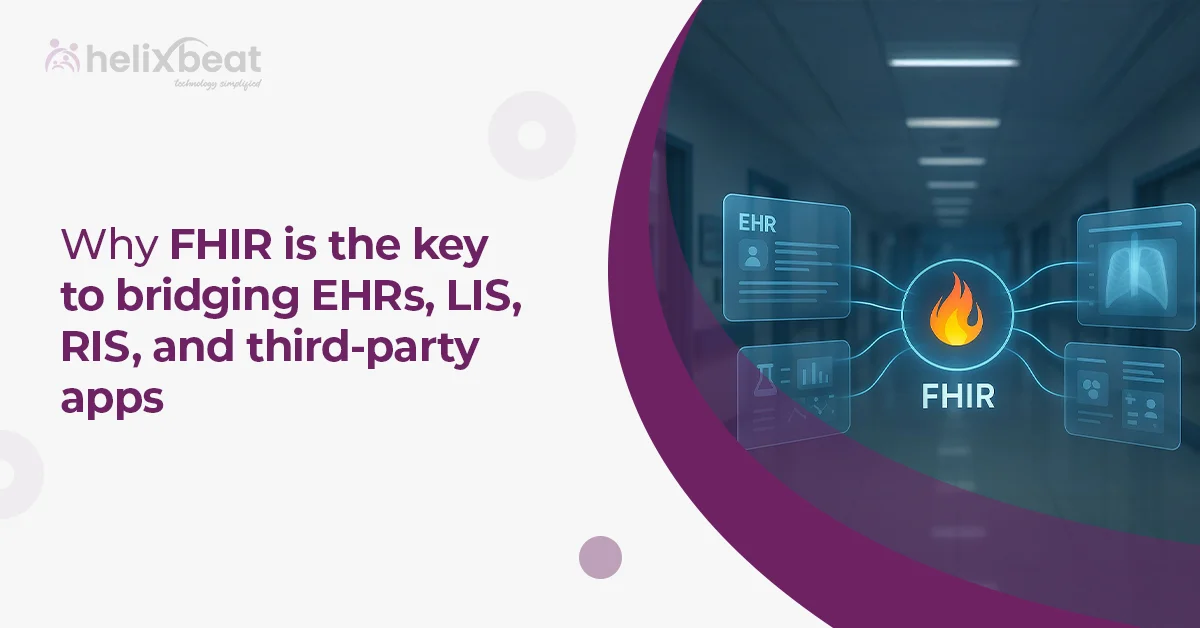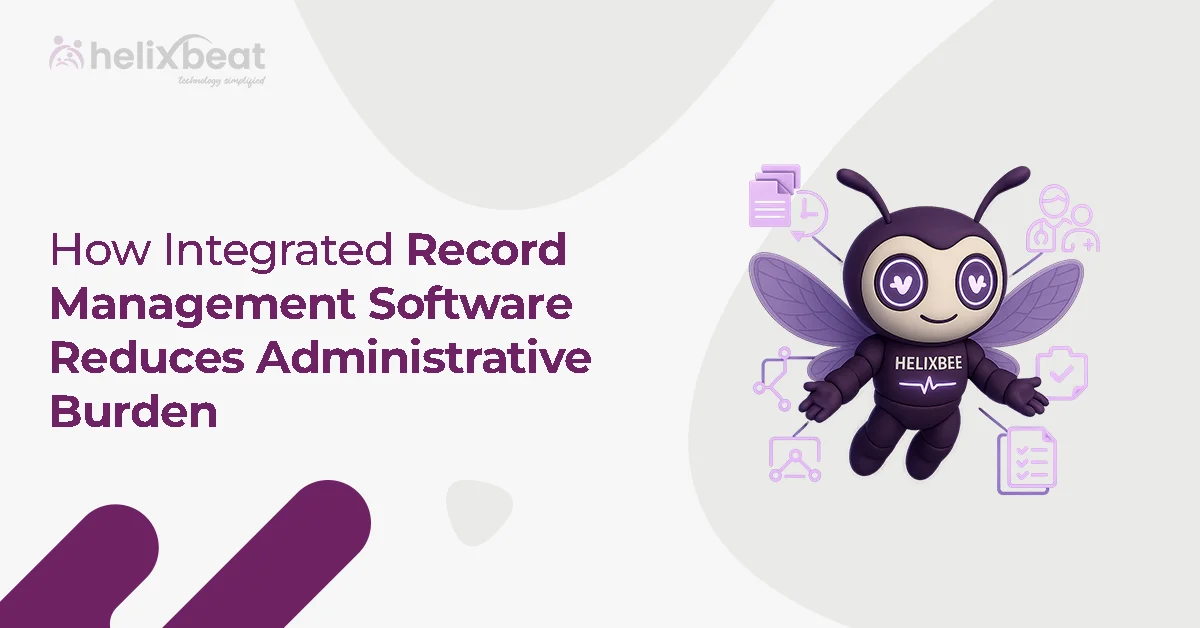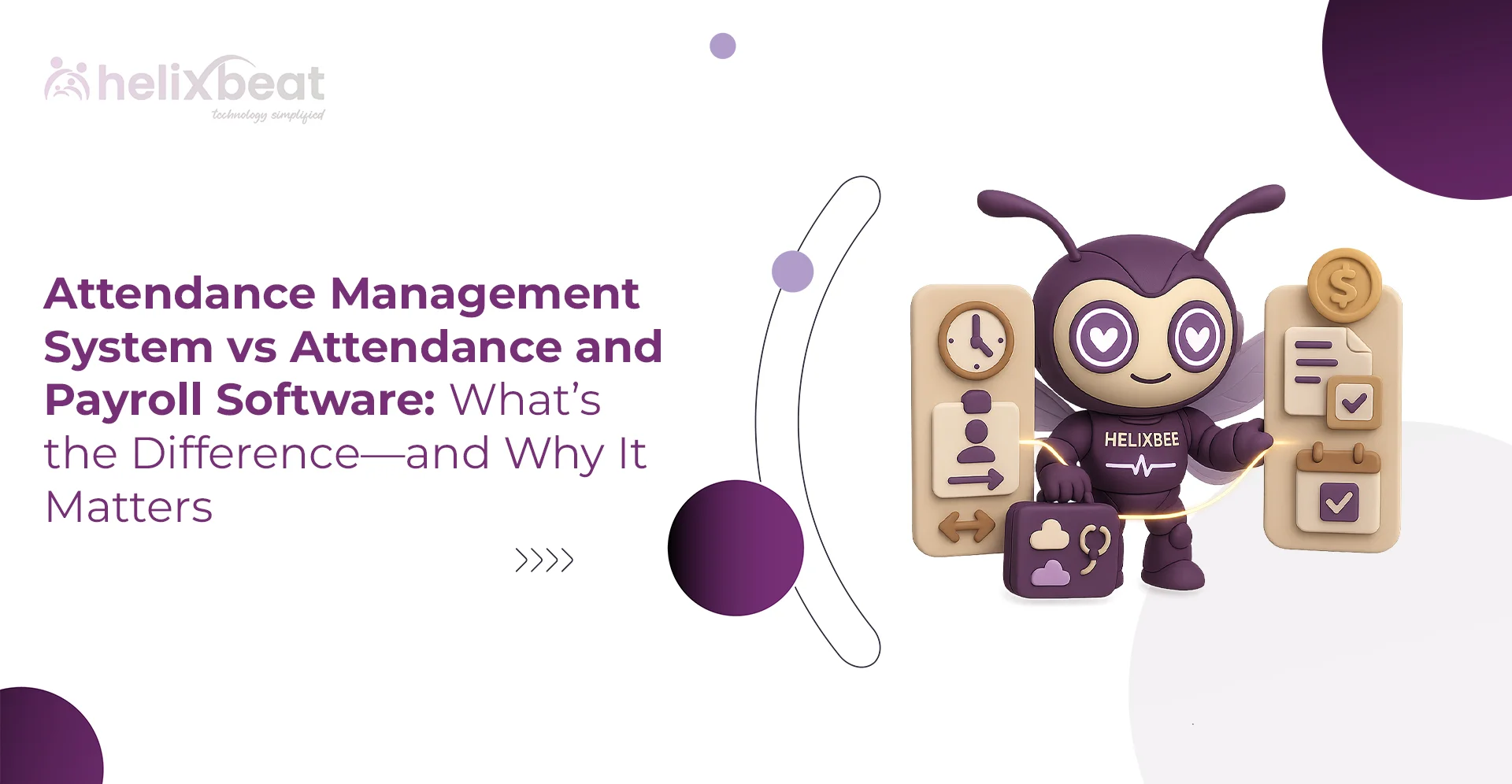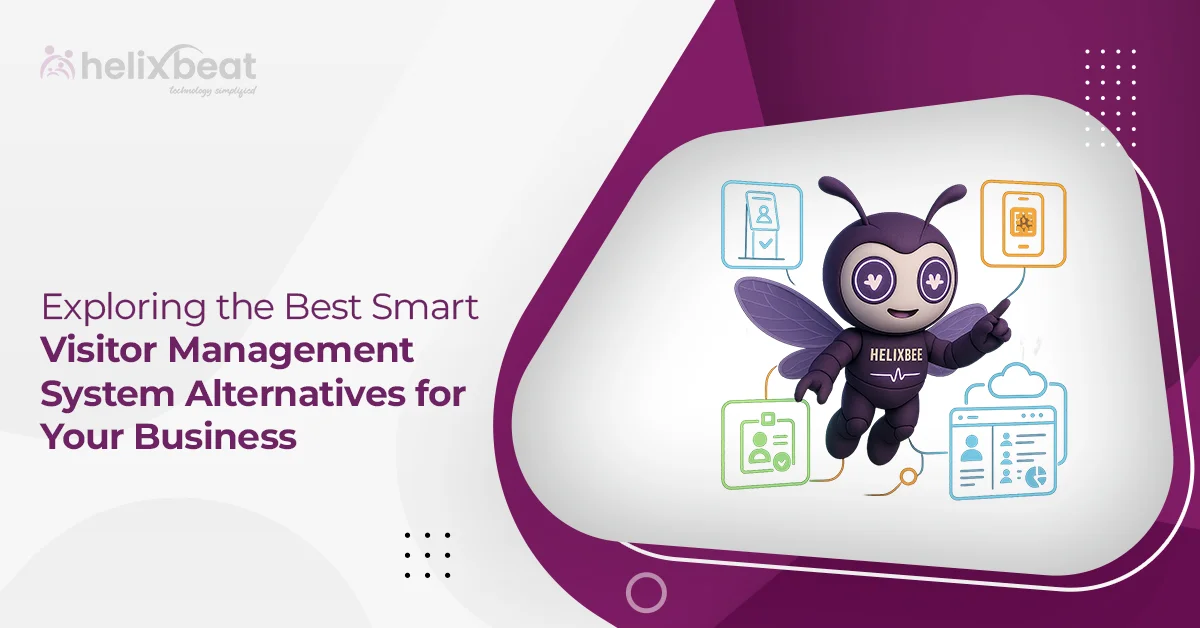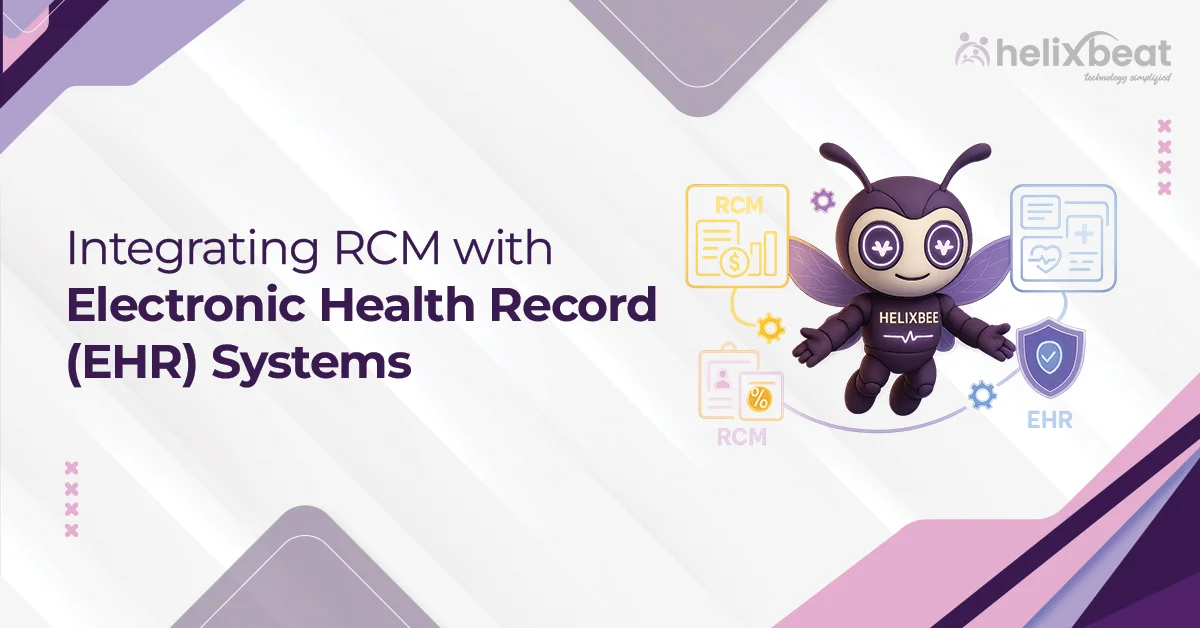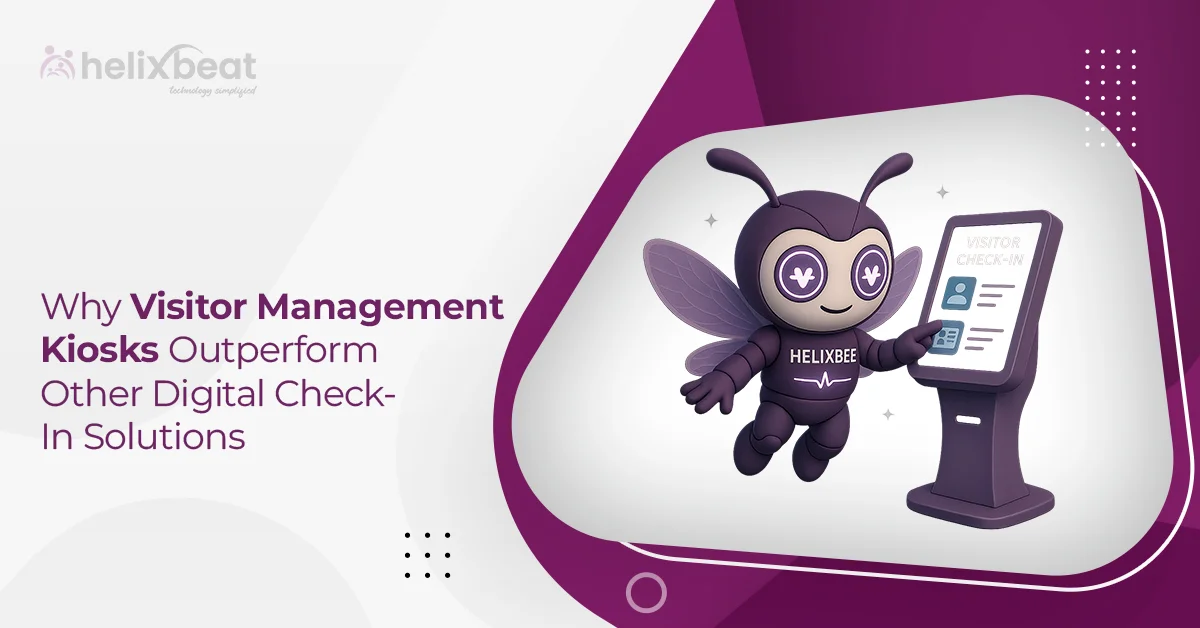A patient is rushed into the emergency room with severe chest pain. The medical team needs immediate access to test results, imaging scans, and medication history to make a life-saving decision. But the lab reports are stored in one system, radiology images in another, and prescription records in a third-party app—none of them communicating with each other. Precious minutes are lost navigating multiple platforms, manually retrieving data, and trying to piece together the full picture of the patient’s health.
This fragmentation is a daily struggle in healthcare. Despite advanced digital systems, critical information remains trapped in isolated silos, leading to delayed treatments, misdiagnoses, increased costs, and frustrated providers. The inability to access real-time, comprehensive patient data not only slows down workflows but also impacts the quality of care.
The solution? FUSION
FUSION’s FHIR bridges the gaps between Electronic Health Records (EHRs), Laboratory Information Systems (LIS), Radiology Information Systems (RIS), and third-party applications, enabling seamless data exchange. By integrating these systems, healthcare providers can make faster, more informed decisions, improving patient outcomes and operational efficiency.
This blog decodes the importance of FHIR interoperability, the necessity of integration, and how FUSION’s FHIR is transforming the future of healthcare connectivity.
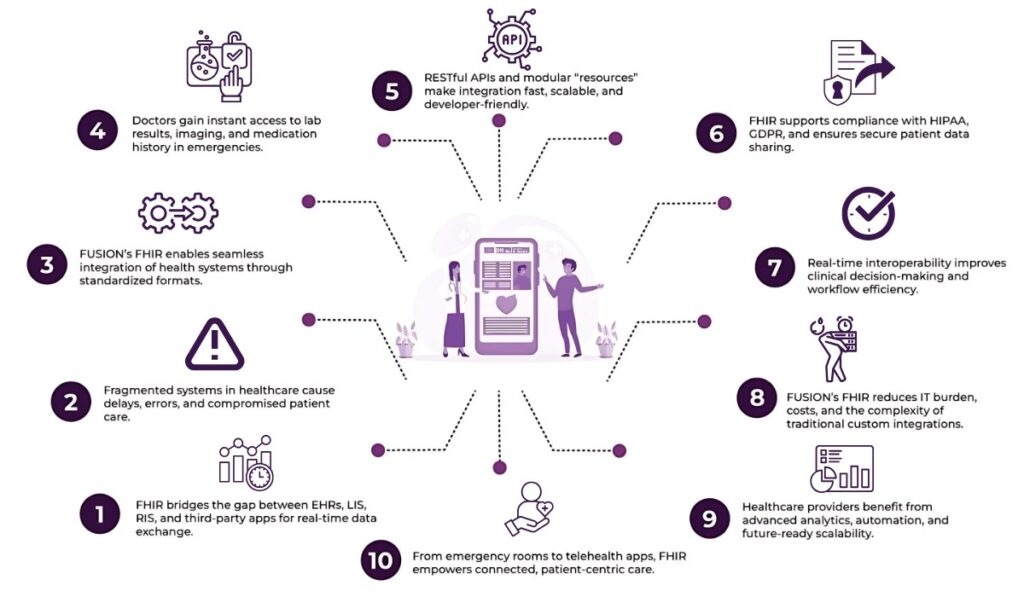
Table of Contents
Understanding the importance of EHRs, LIS, RIS, and third-party apps
Healthcare runs on data. But when that data is scattered across different systems, it slows everything down. Doctors, nurses, and specialists struggle to get the full picture of a patient’s health. Lives depend on speed and accuracy, yet crucial information often gets trapped in disconnected platforms.
Electronic Health Records (EHRs) are the digital heart of a hospital or clinic. They store a patient’s medical history, diagnoses, prescriptions, allergies, and treatment plans. Every visit, test, and procedure gets recorded here. In theory, this should give doctors a complete view of a patient’s health. In reality, EHRs often don’t talk to other systems.
Then there’s Laboratory Information Systems (LIS). These systems handle lab tests, track samples, and ensure quality control. When a doctor orders a blood test, LIS processes it. But here’s the problem—many LIS don’t automatically share results with EHRs. This means providers have to switch between systems, wasting time that could be spent on patient care.
Radiology Information Systems (RIS) manage imaging tests like MRIs, X-rays, and CT scans. They schedule exams, store images, and connect to Picture Archiving and Communication Systems (PACS). But just like LIS, RIS often function in isolation. A cardiologist might need an urgent scan, but if RIS isn’t linked to the hospital’s EHR, retrieving it is a hassle.
On top of this, third-party apps are becoming essential in healthcare. Telemedicine platforms enable virtual consultations. Wearable health devices monitor vitals in real-time. Pharmacy management apps track prescriptions. AI-driven tools help doctors make better decisions. Each of these innovations is powerful on its own. The problem? Most don’t integrate smoothly with EHRs, LIS, or RIS.
The result is a fragmented system where doctors, nurses, and specialists waste valuable time piecing information together. Critical test results might be buried in one system while prescriptions sit in another. A doctor treating an emergency patient may have to dig through multiple platforms just to find basic details. That’s not just frustrating—it’s dangerous.
Healthcare needs a solution that connects all these systems in real-time. That’s where FHIR interoperability comes in.
Before that, let’s understand why this integration is important to healthcare providers.
Why Integration is Critical for Healthcare Providers
1. Enhancing Patient Care and Safety: When critical health data is fragmented, doctors lack a complete view of the patient’s condition. Integration ensures that test results, imaging scans, and prescriptions are accessible in real time, enabling quicker, evidence-based decision-making.
2. Reducing Administrative Burden: Healthcare professionals spend hours manually entering data across multiple systems. Automating data exchange with FHIR interoperability eliminates redundancy, reducing clinician burnout and allowing providers to focus more on patient care.
3. Improving Workflow Efficiency: By integrating LIS, RIS, and third-party apps with EHRs, hospital workflows become smoother. For example:
- A radiology report can be automatically linked to a patient’s EHR.
- Lab results can trigger an automated alert for a physician’s review.
- Medication reconciliation becomes seamless across hospital departments.
4. Enabling Advanced Data Analytics: Data integration enables AI-powered analytics for predictive diagnostics, identifying at-risk patients, and enhancing personalized medicine approaches.
5. Supporting Regulatory Compliance: With increasing data privacy regulations like HIPAA and GDPR, integrated systems using FHIR interoperability ensure secure and standardized data sharing while maintaining compliance with healthcare regulations.
Key Challenges in Bridging EHRs, LIS, RIS, and Third-Party Apps Without FHIR
Without FHIR interoperability, integrating Electronic Health Records (EHRs), Laboratory Information Systems (LIS), Radiology Information Systems (RIS), and third-party apps is complex, costly, and inefficient.
Data Format Incompatibility: Different systems use varied data formats—EHRs may store data in HL7 v2, LIS in XML or CSV, and RIS in DICOM. Without FHIR integration, custom mapping is required, leading to errors, delays, and missing critical data.
Lack of Real-Time Data Exchange: Without FHIR interoperability, most integrations rely on batch processing instead of real-time updates. Delays in lab results or radiology reports impact clinical decisions, slowing down treatment and diagnosis.
High Costs and Complexity of Custom Integrations: Point-to-point integrations require custom APIs and middleware, increasing IT workload. Every system update demands costly modifications, making traditional EHR integration impractical for many hospitals.
Security and Compliance Risks: Custom integrations may fail to meet HIPAA, GDPR, or HL7 compliance. Manual data transfers heighten security risks, leading to data breaches, legal issues, and loss of patient trust.
Data Loss and Duplication: Without a unified integration, patient data may be missing or duplicated across systems, increasing errors and misdiagnoses. FHIR’s standardized approach ensures seamless data exchange, eliminating redundancy.
Limited Interoperability with New Technologies: Modern healthcare depends on AI, mobile health apps, and wearables. Without FHIR interoperability, integrating emerging technologies is slow, hindering innovation and patient care advancements.
Scalability Issues: Traditional integration methods don’t scale efficiently. FHIR-powered EHR integration allows seamless expansion across hospitals and healthcare networks, enabling connected and efficient healthcare systems.
Let’s understand the FHIR interoperability’s role in integrating all healthcare systems.
Understanding FUSION’s FHIR
FUSION’s FHIR interoperability is a modern framework designed to make healthcare systems communicate instantly. FHIR interoperability helps different systems—like Electronic Health Records (EHRs), Laboratory Information Systems (LIS), Radiology Information Systems (RIS), and third-party apps—share data in real-time.
Think of FUSION’s FHIR as a universal translator for healthcare systems. It uses modern web technologies, like RESTful APIs, to make patient information available instantly, eliminating delays caused by disconnected platforms. With FHIR like FUSION, doctors can access test results, radiology scans, and prescriptions in one place, improving patient care and hospital efficiency.
Key Features of FHIR and How It Connects Healthcare Systems
1. Standardized Data Format – No More Data Silos
Different healthcare systems store data in different formats, making sharing difficult. FHIR interoperability solves this by organizing medical information into standardized “resources” (such as Patient, Observation, Medication, Imaging). These resources allow systems to communicate in a common language.
A doctor in the emergency room needs a patient’s latest blood test results. Instead of manually logging into a separate lab system, FHIR interoperability allows the hospital’s EHR to pull the results instantly from the LIS.
2. Easy Integration with RESTful APIs – Connecting Apps Without Hassle
FHIR interoperability follows a web-friendly approach using RESTful APIs (like the ones used by modern apps and websites). This makes integrating different healthcare systems as easy as connecting apps on a smartphone.
A telemedicine app can use FHIR APIs to fetch a patient’s medical history and medication details from an EHR integration, allowing a remote doctor to make informed decisions instantly.
3. Real-Time Data Exchange – Faster Decision-Making
FHIR enables instant access to medical records, reducing delays that could impact patient outcomes.
A radiologist uploads a CT scan to a RIS system. Instead of waiting hours for manual updates, FHIR interoperability ensures that the scan appears in the patient’s EHR immediately, allowing the doctor to review it in real-time and begin treatment.
4. Strong Security and Compliance – Keeping Patient Data Safe
FUSION follows strict security standards, supporting OAuth 2.0 and SMART on FHIR, ensuring data is encrypted and shared only with authorized users. This helps hospitals comply with regulations like HIPAA.
A patient portal app using FHIR interoperabilty can allow patients to view their test results online without compromising sensitive medical data.
5. Scalable and Future-Proof – Ready for New Technologies
FUSION is built to work with AI tools, mobile health apps, wearable devices, and new healthcare innovations. Hospitals and clinics can easily integrate new technologies without overhauling existing systems.
A hospital implements a wearable heart monitor for post-surgery patients. With Fusion’s FHIR, there’s no need for custom integration—real-time data from the device flows seamlessly into the hospital’s EHR. This one-time EHR integration ensures doctors receive instant alerts for any abnormalities, enabling faster interventions and improved patient care.
For example,
Before Fusion: A Fragmented Healthcare System
A patient arrives at the emergency room with severe chest pain. The doctors need immediate access to medical history, lab reports, and recent imaging scans.
- The Problem? These records are scattered across different systems:
- The Electronic Health Record (EHR) has past diagnoses and medication history.
- The Laboratory Information System (LIS) holds the latest blood test results.
- The Radiology Information System (RIS) stores X-rays and MRIs.
- The Pharmacy App contains prescription details.
Since these systems don’t communicate, doctors and nurses waste precious time logging into multiple platforms, calling departments, or manually transferring data. This delay can be life-threatening.
After Fusion: A Connected Healthcare Ecosystem
With Fusion’s FHIR-powered integration, all systems are seamlessly connected.
- The doctor opens the patient’s EHR, and all relevant data appears instantly—lab results, imaging scans, prescriptions, and medical history.
- AI-powered alerts notify the medical team of any critical abnormalities.
- Smart automation ensures that lab and radiology results update in real-time, eliminating manual data entry.
✅ Faster Decisions – Doctors get real-time insights within seconds.
✅ Improved Patient Outcomes – Immediate access to records leads to quicker treatment.
✅ Streamlined Workflows – No more switching between multiple platforms.
Fusion’s FHIR bridges the gap between EHRs, LIS, RIS, and third-party apps, transforming fragmented healthcare into a truly connected system.
Final thoughts
FHIR interoperability is transforming healthcare by eliminating data silos and enabling seamless integration between EHRs, LIS, RIS, and third-party apps. With real-time data exchange, standardized formats, and robust security, Fusion’s FHIR ensures providers have instant access to critical patient information.
This one-time EHR integration streamlines workflows, enhances decision-making, and improves patient outcomes. As healthcare advances, FUSION’S FHIR interoperability isn’t just an upgrade—it’s a necessity.
FAQs
- How can FHIR (Fast Healthcare Interoperability Resources) benefit my healthcare organization in terms of data interoperability and patient care?
FHIR simplifies data exchange between systems, improving interoperability, enhancing patient care, and enabling real-time access to critical health information.
- What are the key challenges in adopting electronic health records (EHR) in healthcare systems?
Common challenges include data security concerns, integration complexities, high implementation costs, and resistance to change among healthcare professionals.
- Why is FHIR useful?
FHIR enables standardized, secure, and fast data exchange between healthcare applications, ensuring seamless integration and improved efficiency.
- What are some FHIR resources required for exchanging data?
Key FHIR resources include Patient, Practitioner, Observation, Condition, Medication, and Procedure, which help standardize and structure health data.
- Do I have to follow FHIR (Fast Healthcare Interoperability Resources) guidelines to build a healthcare application that connects doctors to patients?
While not mandatory, following FHIR guidelines ensures better compatibility, easier integration with other healthcare systems, and regulatory compliance.
- How does hospital management software integrate with other healthcare systems and technologies to create a seamless and interconnected healthcare environment?
It connects with EHR, LIS, RIS, and third-party apps via APIs, ensuring smooth data flow, real-time updates, and improved decision-making.
- How does FHIR support mobile and web-based healthcare applications?
FHIR’s lightweight, RESTful API structure makes it easy to implement in mobile and web apps, allowing real-time data access and interoperability.
- What role does FHIR play in telemedicine and remote patient monitoring?
FHIR facilitates seamless data sharing between telehealth platforms, EHRs, and wearable devices, enhancing remote patient monitoring and virtual consultations.



